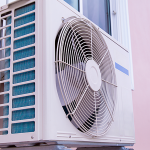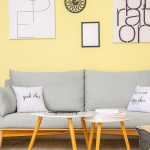It is all about the right technique, tools and skills when it comes to successful DIY home improvements.
If you’re an enthusiastic DIYer, you must have at some point tried to paint your home walls and left with a less-than-perfect finish. That is not to say that you have to be an absolute pro or an artist to create something special. But you should arm yourself with the necessary tools, paints and knowledge, sans which a DIY project is very likely to go south. Not all do-it-yourself home painting projects turn out great in the first go, so we took advice from our expert painters to help you out!
If you are looking to give your home a makeover yourself, you will be thrilled to know about our Berger iPaint range, meant for DIY aficionados. The range includes different sets for wall painting, stencils, wood and metal finishes etc. and comes with all tools, equipment and instructions booklet for the perfect paint job. So, if you’re attempting DIY painting, once you get your hands on our handy iPaint DIY range, remember these common DIY home wall painting mistakes to avoid:
Mistake to avoid #1: Over-brushing or over-dipping
Many amateurs make the mistake of dunking the paint brush too deeply into the paint can. This style of painting backfires more often than not. For one thing, it can drastically increase the number of paint spills on the floor. It will also result in the paint drying into the bristles and handle, a difficult problem to correct. Experienced painters know to never dip more than half of the brush into the can.
For the smoothest finish possible when painting walls, doors and furniture, avoid too much brushwork. Load your brush with a good amount of paint and cover the area quickly. Then use a stroke or two to level it off. Brushing repeatedly over the painted area will cause streaks and an uneven look. Berger iPaint DIY Wall Painting Kit comes with high quality tools, including a 3” brush and 9” roller which will help mirror a good finish and save you a lot of time and money in re-coating.
Mistake to avoid #2: Paint bubbles
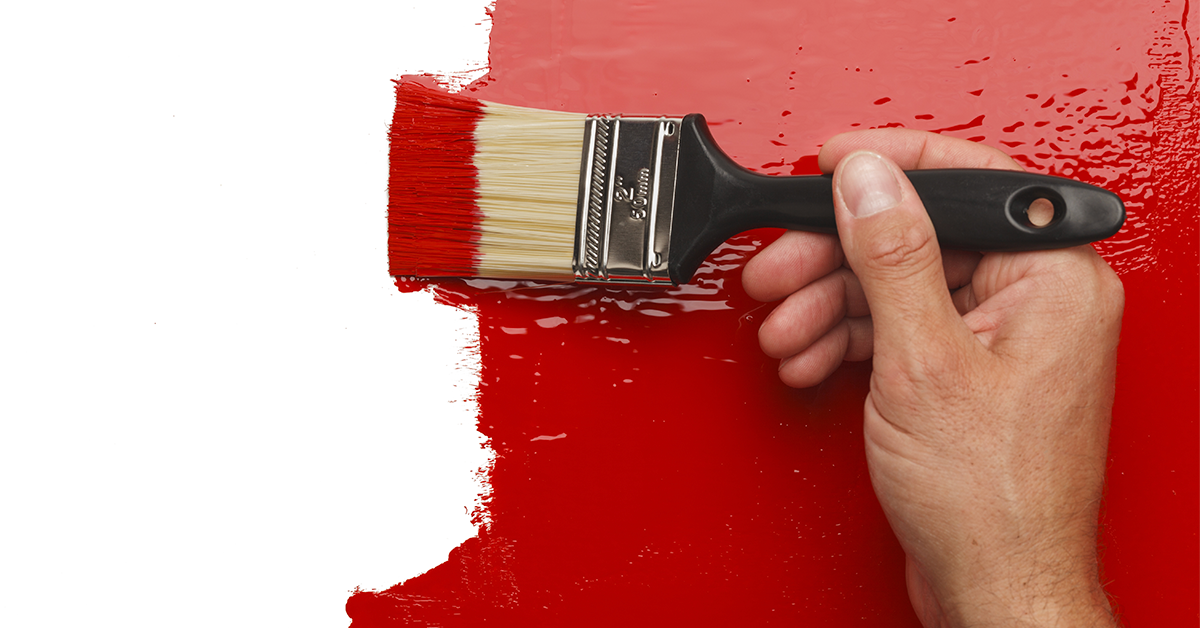
Another common problem both professional and amateur painters may face is the presence of tiny bubbles that can form in the paint can or the wall. Left untreated, these bubbles can dry in place, forming ugly lumps and craters. To avoid paint bubbles, do not shake the paint can or stir it too vigorously. Applying paint rapidly or using the wrong roller can also cause paint bubbles. Lastly, painting over porous or uneven surface can allow paint bubbles to form.
Mistake to avoid #3: Painting the ceiling last
If you are painting the ceiling along with the walls, it is important to begin with painting your ceilings first. Otherwise, there is a very good chance that your new paint on the walls will be spoiled with drips or splatter of paint from the ceiling. When done correctly, a newly painted ceiling can freshen up the whole room and the lighting will look brighter.
Mistake to avoid #4: Uneven coverage
If you want a flawless finish on the walls, you must apply the right amount of paint and at the right time. For instance, if your walls look patchy, it means you have not applied enough layers. Additionally, you need to let the first coat of paint dry completely before applying the next one.
Mistake to avoid #5: Skipping the masking tape
Amateurs can be notorious for overestimating their painting skills, especially when it comes to their ability to paint a straight, even line. Painting is a lot harder than it seems and it is easy to make mistakes. Most people usually end up with sloppy lines and edges when DIY home painting. A wise painter will always use masking tape to protect the boundaries of the area being painted. Even professionals seldom miss this important step. Lucky for you, Berger iPaint DIY Home Wall Painting Kit comes with a masking tape so there’s absolutely no excuse for you to skip this step!
Mistake to avoid #6: Disregarding the weather and re-coating time frame
Paint does not handle extremely high or low temperatures well, so if you’re planning to get started with your painting, be sure to check the local weather forecast for the next few days. High levels of humidity will cause the paint to dry slower and result in the paint bubbling. The cold will prevent the paint from drying evenly and cause cracking and peeling. The best time to paint is spring or early days of summer, wherein the temperature is just warm enough and the fluctuation between day and night temperatures is not much, which will prevent the paint from peeling or cracking.
Should you DIY or hire a painting professional?
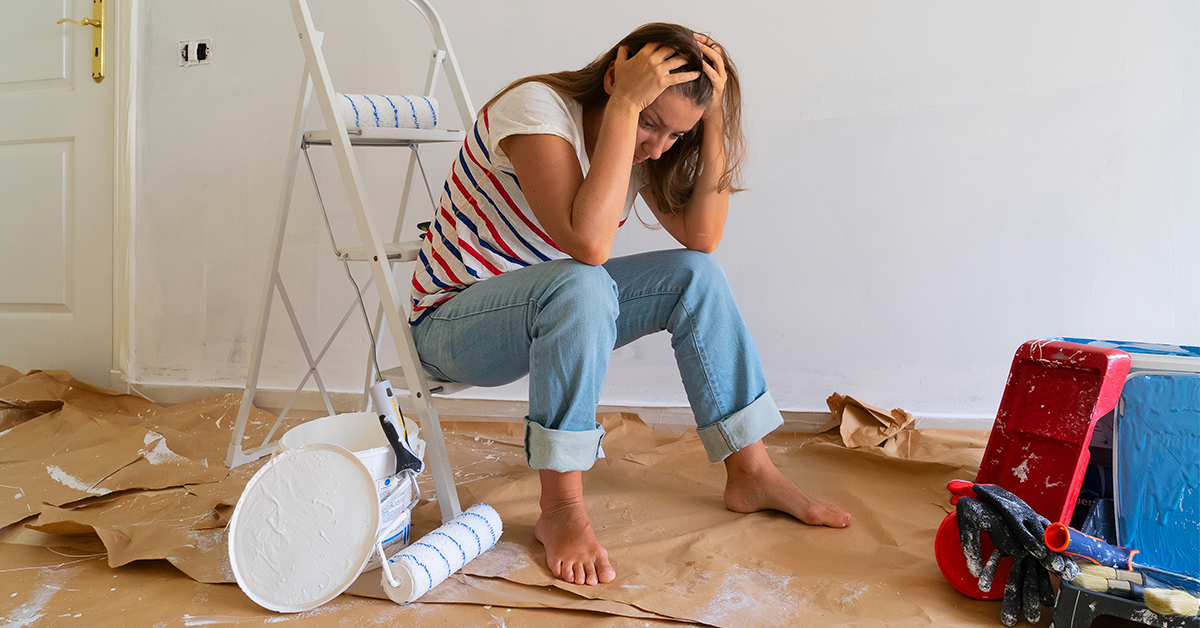
While some enthusiasts prefer to DIY their home painting projects, hiring professional painters has huge advantages. First and foremost, a professional painter will take extra care in preparing your home for painting. They are skilled to identify any necessary repairs (that you might miss) and make sure everything is protected, cleaned and restored before getting started.
Secondly, a professional has the necessary knowledge, tools and techniques to ensure a long lasting finish. Thirdly, a professional painter will paint walls with a steady hand and avoid drips and smears. This step in particular can be difficult for even the most proficient DIYer. The end result will have a clean, even, smooth finish.
And lastly, a professional painting company will save you time and money since DIY painting mistakes are costly to fix and end up taking so much more time! A professional painting service will get the job done quickly so that you can enjoy your evenings and weekends doing what you love.
Get help to paint your interiors
If DIY painting sounds like too much of a hassle to you, at Berger Express Painting, our experts are ready to give you the safest painting experience ever. Call our toll-free number – 1800 103 6030 or SMS ‘XP’ to 56767.
If you enjoyed reading this blog, we recommend you check out our blog on 6 Mistakes to Avoid When Choosing Home Painting Colours here: https://old.bergerpaints.com/blog/diy/6-mistakes-to-avoid-when-picking-wall-paint-colours

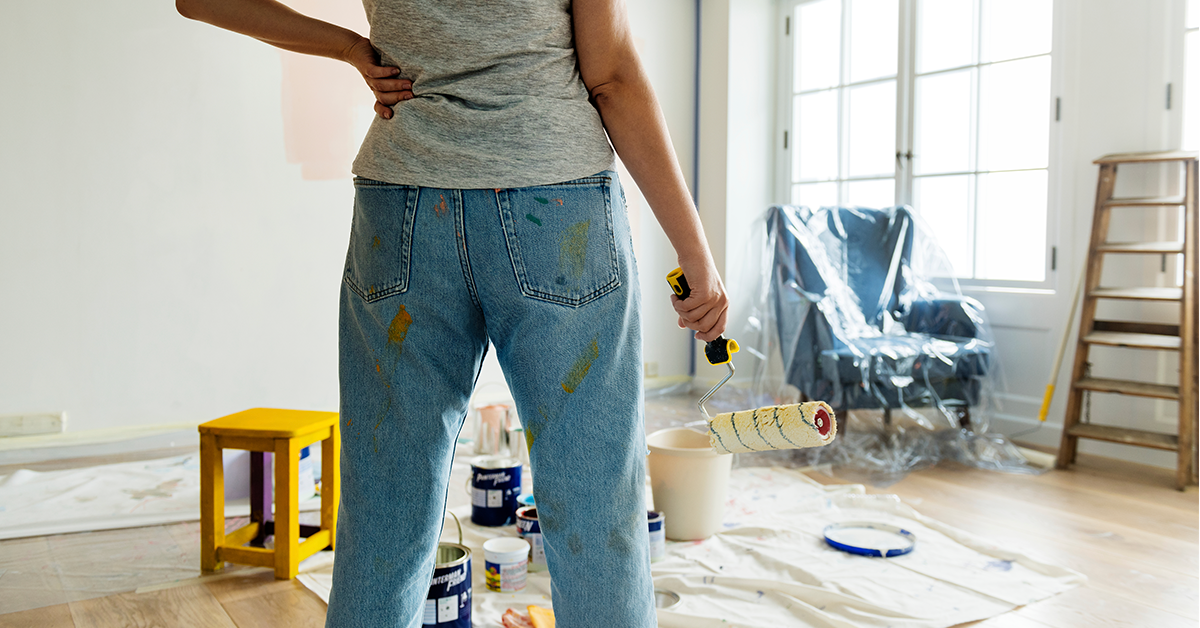
 Get in Touch
Get in Touch